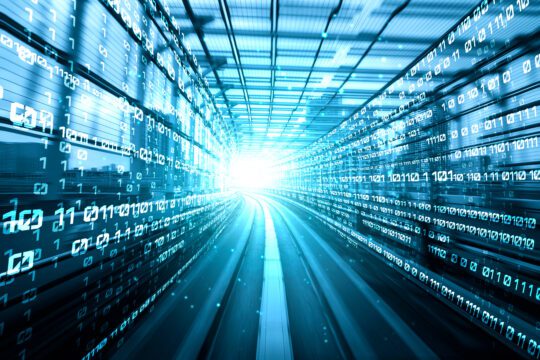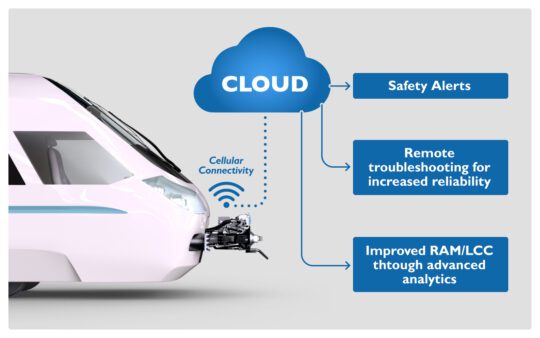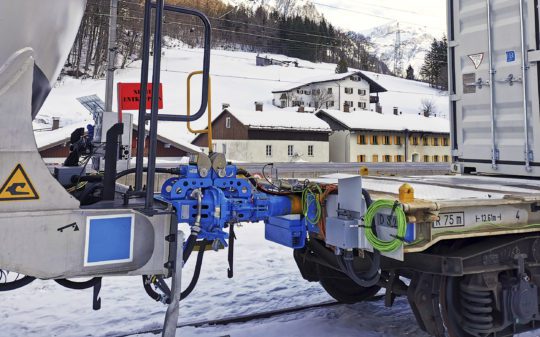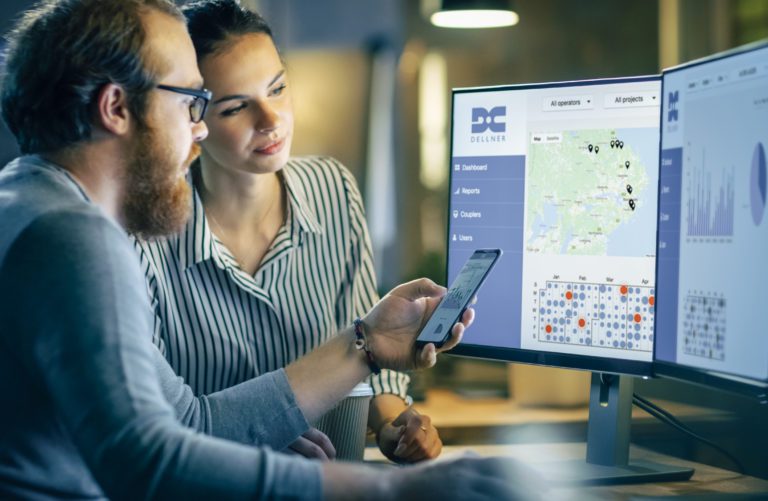Digitalisation is one of the most important fields for the further development of rail transport for passengers and freight. It affects many areas – from the manufacturing, operation and maintenance of trains to the user experience and the competitiveness of rail transport.
Train Connection Systems play a crucial role in the digitalisation of rail transport. On the one hand, the coupler system is the interface for the data flow within the train. On the other hand, they can be digitised themselves and thus generate added value that improves the safety, performance and functionality of train traffic as a whole.
Dellner’s digital solutions for the railway industry offer ideally matched products and services that help train manufacturers and operators to digitise their Train Connection Systems in a functional, cost-effective and high-quality manner.



